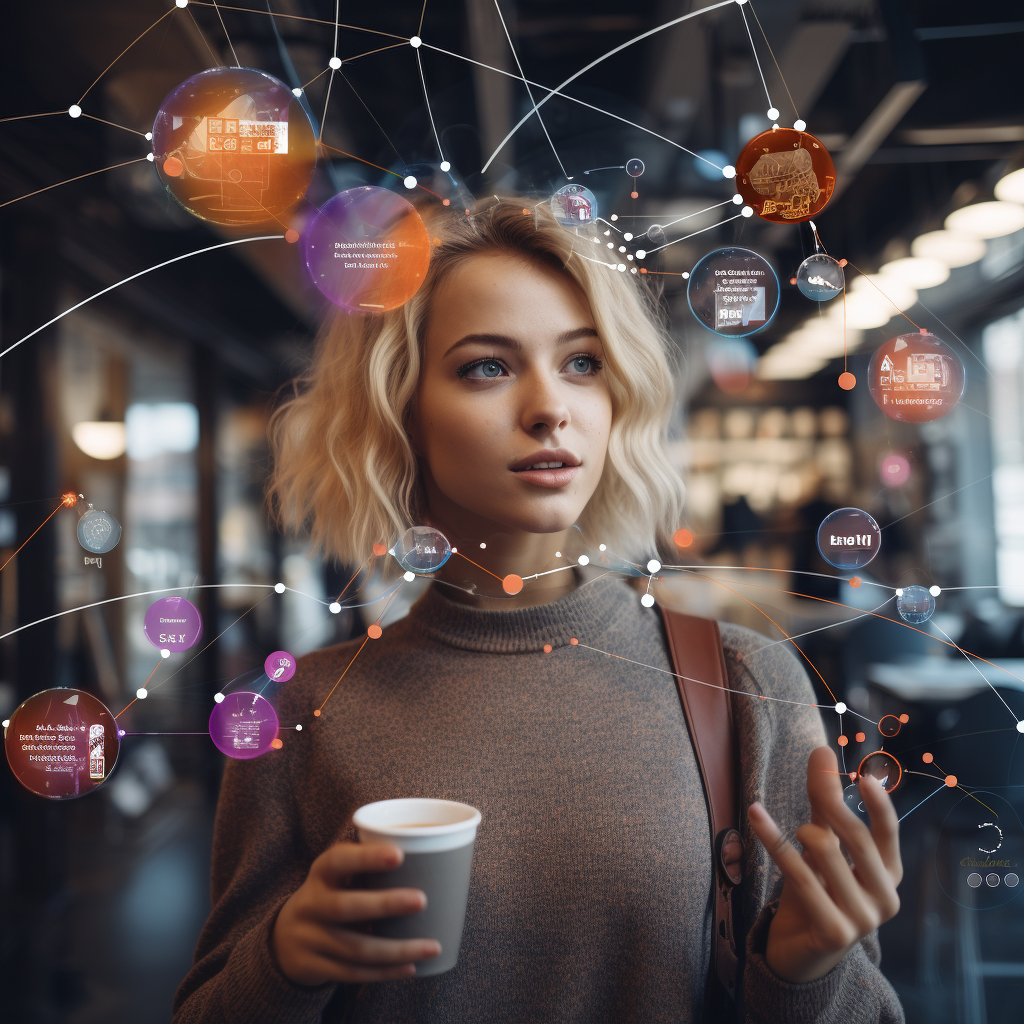
The Rise of Multimodal AI: Unifying Language, Vision, and SoundThe Rise of Multimodal AI: Unifying Language, Vision, and Sound Multimodal AI, a cutting-edge field that combines language, vision, and sound, is revolutionizing the way we interact with technology and perceive the world around us. By integrating multiple sensory modalities into a single model, multimodal AI opens up new possibilities for communication, perception, and creativity. Bridging the Sensory Gap Traditional AI models primarily focused on a single modality, such as text or images. However, multimodal AI recognizes that our world is inherently multisensory. By bridging the sensory gap, it allows machines to interpret and generate information in a more comprehensive and human-like manner. Language Understanding and Generation Multimodal AI enhances language understanding by incorporating visual and audio cues. It can now analyze images, videos, and audio recordings to infer context, sentiment, and intent. This enables more accurate and sophisticated language generation, such as personalized chatbots, automated translations, and creative writing. Enhanced Visual Perception Multimodal AI empowers computers to “see” the world more like humans. By leveraging language and audio, it can recognize and interpret complex objects, scenes, and events. This enhances image and video analysis capabilities, leading to applications in object detection, scene understanding, and anomaly detection. Sound Recognition and Synthesis Multimodal AI enables machines to understand and generate sound effectively. It can identify different sounds, such as speech, music, and environmental noises. This opens up new avenues for music production, sound design, and noise cancellation. Applications Across Industries The potential applications of multimodal AI extend across various industries: * Healthcare: Improved medical image diagnosis, personalized treatment plans, and remote patient monitoring. * Education: Immersive learning experiences, personalized tutoring, and automatic language translation. * Entertainment: Enhanced video games, interactive movies, and AI-generated music. * Business: Predictive analytics, improved customer service, and automated data processing. Challenges and Future Directions While multimodal AI holds immense promise, there are challenges to overcome: * Data Requirements: Multimodal models require vast amounts of diverse data to train effectively. * Model Complexity: Integrating multiple modalities adds complexity to model design and training. * Ethical Considerations: The use of sensitive data, such as images and audio, raises ethical concerns related to privacy and bias. Future research in multimodal AI is expected to focus on addressing these challenges, advancing model architectures, and exploring new applications. As the field continues to evolve, we can anticipate transformative technologies that seamlessly connect language, vision, and sound, enhancing our interactions with the world around us.
Posted inNews